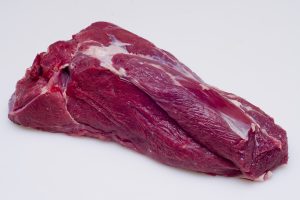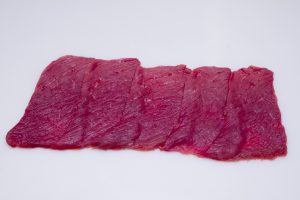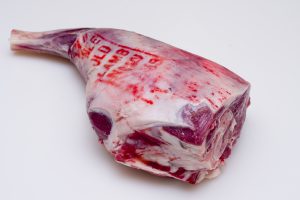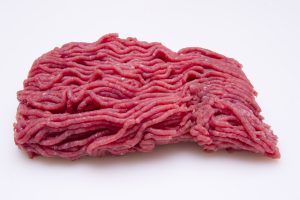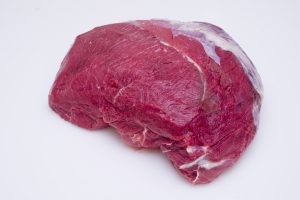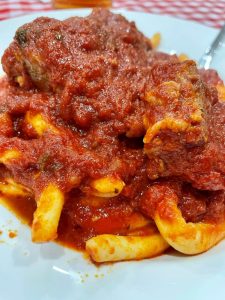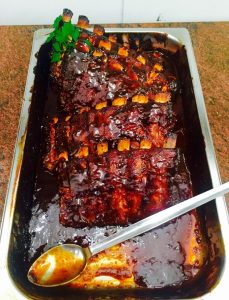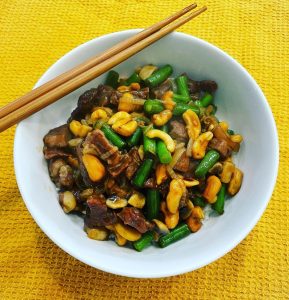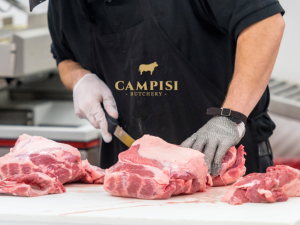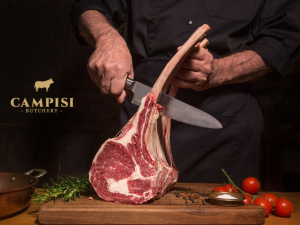Tenderizing gourmet meats, such as veal, is essential for achieving a succulent and enjoyable eating experience. Veal, being lean and delicate, benefits significantly from tenderizing, which breaks down muscle fibers and connective tissues. This process not only enhances the texture but also allows the meat to absorb marinades and flavors more effectively, making your pot roast veal a standout dish in any collection of gourmet meat recipes.
Methods for Tenderizing Veal for Pot Roast
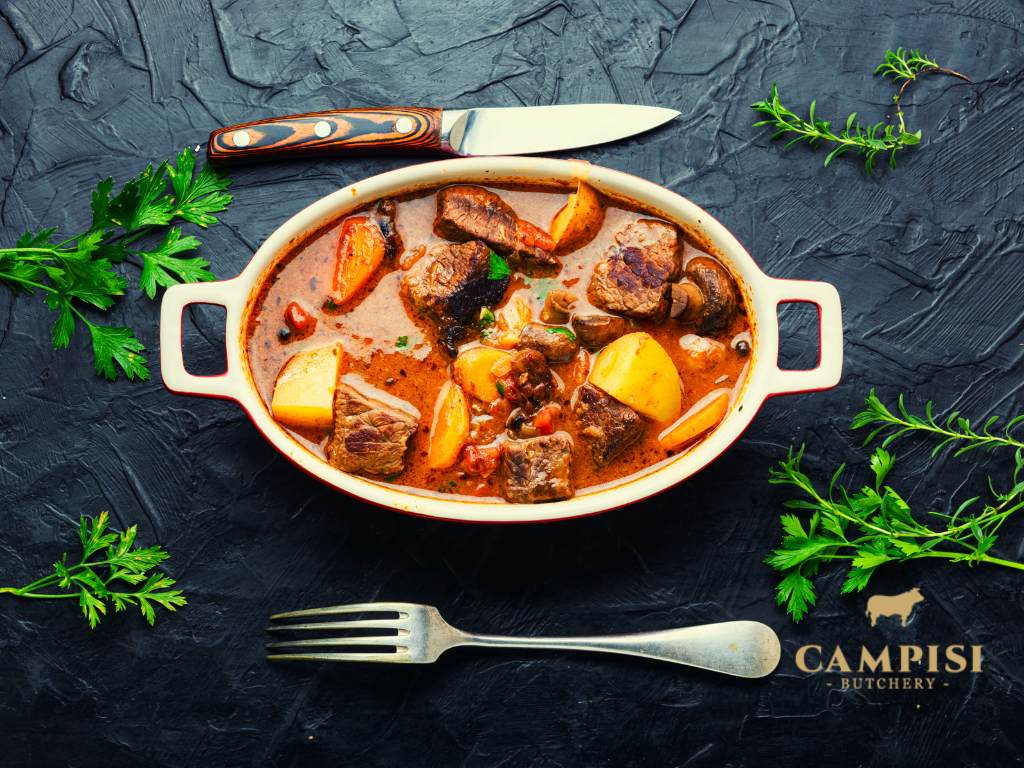
There are several effective methods to tenderize veal for pot roast:
- Mechanical Tenderizing: Using a meat mallet to gently pound the veal helps break down muscle fibers. Be sure to use the flat side of the mallet to avoid tearing the meat.
- Marinating: Marinating veal in acidic ingredients such as vinegar, lemon juice, or wine can naturally tenderize the meat. The acid helps to break down proteins and infuse the meat with flavor.
- Dry Brining: Sprinkling salt over the veal and letting it sit for a few hours can draw out moisture, which then reabsorbs, making the meat tender and juicy.
- Papaya or Pineapple Enzymes: These fruits contain natural enzymes (papain and bromelain) that can tenderize meat. Use them sparingly in marinades to avoid over-tenderizing.
Marinating Pot Roast Veal for Maximum Flavor
Selecting the Best Marinades for Gourmet Meat Recipes
Choosing the right marinade is crucial for enhancing the flavor of your pot roast veal. Here are some popular marinade bases for gourmet meats:
- Wine-Based Marinades: Red or white wine adds depth and complexity to the flavor profile. Pair with herbs like rosemary, thyme, and bay leaves.
- Citrus-Based Marinades: Lemon, lime, or orange juice provides a bright, zesty flavor and helps tenderize the meat. Combine with garlic, ginger, and honey for a balanced taste.
- Herb and Spice Marinades: Use a mixture of olive oil, garlic, and fresh herbs like basil, oregano, and parsley. Add spices like black pepper, paprika, and cumin for an aromatic boost.
Marinating Tips for Enhancing Pot Roast Veal
To get the most out of your marinade, follow these tips:
- Time: Allow the veal to marinate for at least 4-6 hours, or overnight for best results. This ensures the flavors penetrate deeply into the meat.
- Refrigeration: Always marinate veal in the refrigerator to prevent bacterial growth. Use a resealable plastic bag or a covered dish to keep it sealed.
- Turning the Meat: Occasionally turn the veal in the marinade to ensure even exposure to the flavors.
- Marinade Quantity: Ensure there is enough marinade to fully cover the meat. This guarantees that every part of the veal is flavored and tenderized.
Cooking Methods for Juiciness
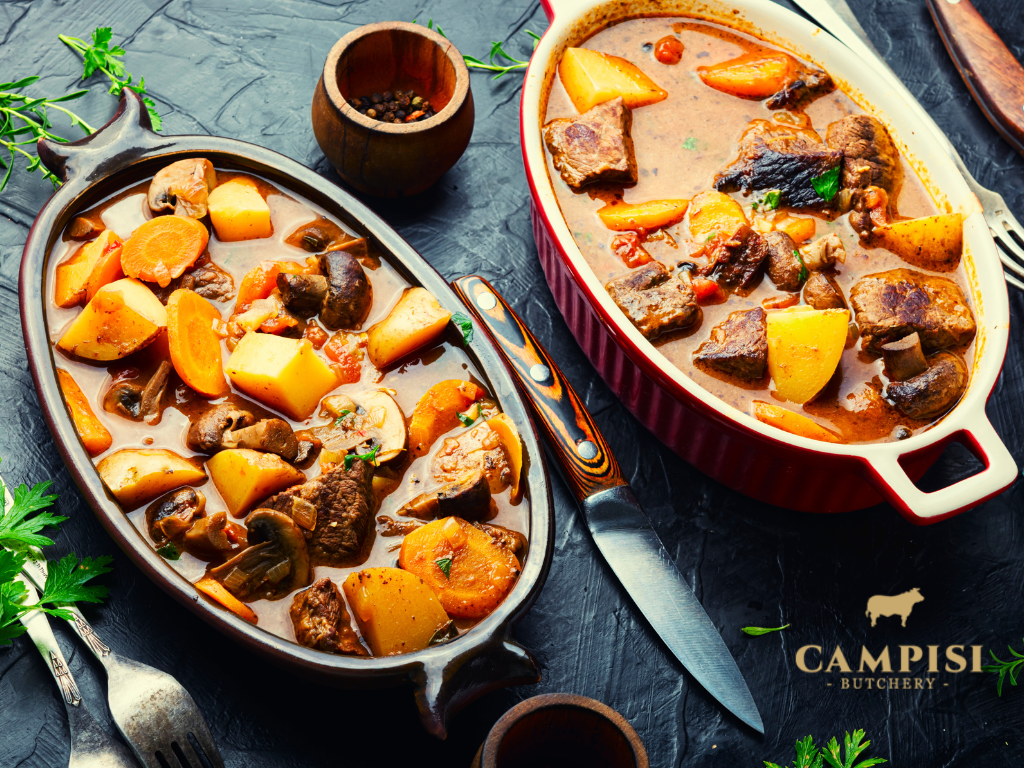
Slow Cooking Techniques for Pot Roast Veal
Slow cooking is ideal for making pot roast veal tender and juicy. Here’s how to do it:
- Preparation: Sear the veal in a hot pan with a bit of oil to create a flavorful crust. This step locks in juices and enhances the overall flavor.
- Slow Cooker: Transfer the seared veal to a slow cooker. Add vegetables such as carrots, onions, and celery, along with broth or wine for moisture. Cook on low for 6-8 hours or until the meat is tender.
- Oven Braising: Place the seared veal in a Dutch oven. Add the same vegetables and liquid. Cover and cook in a preheated oven at 150°C (300°F) for 3-4 hours.
Using a Dutch Oven for Tender and Juicy Veal
A Dutch oven is perfect for pot roast veal due to its ability to evenly distribute heat and retain moisture:
- Heat Distribution: The heavy cast iron of a Dutch oven ensures even cooking, preventing hot spots that can dry out the meat.
- Moisture Retention: The tight-fitting lid traps steam, keeping the veal moist and tender throughout the cooking process.
- Versatility: You can use a Dutch oven on the stovetop to sear the meat and then transfer it directly to the oven for braising, minimizing the need for additional cookware.
Temperature and Timing: Keys to Perfect Pot Roast Veal
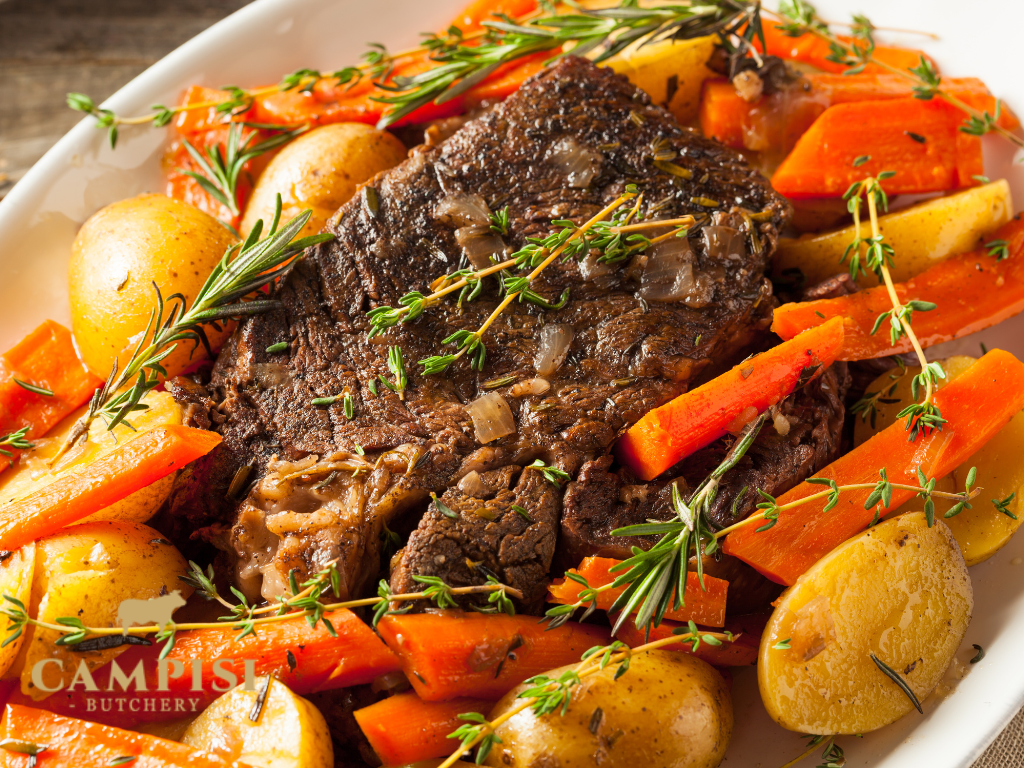
Ideal Cooking Temperatures for Gourmet Meats
Cooking veal at the right temperature is crucial for achieving a tender and juicy result. For pot roast veal, it’s essential to maintain a consistent low temperature to break down the connective tissues without drying out the meat. Aim to cook the veal at around 150°C (300°F). This gentle heat allows the meat to become tender while retaining its moisture and flavor. Using a meat thermometer, ensure the internal temperature of the veal reaches at least 75°C (165°F) to ensure it is safely cooked.
Timing Guidelines for Cooking Pot Roast Veal
Timing is equally important as temperature when cooking pot roast veal. Slow cooking over several hours allows the flavors to meld and the meat to tenderize properly. Here are some general timing guidelines:
- Slow Cooker: Cook on low for 6-8 hours.
- Oven Braising: Cook in a Dutch oven at 150°C (300°F) for 3-4 hours.
- Stovetop Simmering: Simmer on low heat for 3-4 hours, ensuring the pot is covered to retain moisture.
Regularly check the veal to ensure it doesn’t overcook. The meat should be fork-tender and easily pull apart when done.
Adding Vegetables and Broth for Extra Moisture
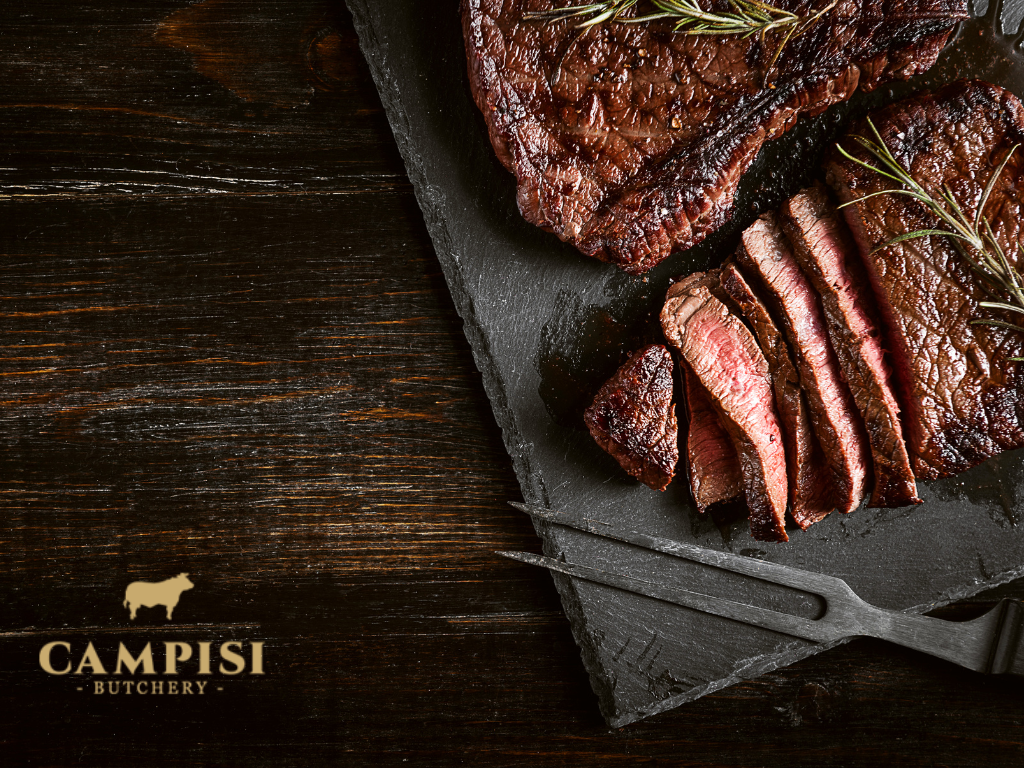
Best Vegetables to Accompany Pot Roast Veal
Adding vegetables to your pot roast veal not only enhances the flavor but also contributes to the overall nutritional value of the dish. The best vegetables to use include:
- Carrots: Add sweetness and color.
- Onions: Provide a rich, savory base.
- Celery: Adds a subtle, earthy flavor.
- Potatoes: Absorb flavors and add heartiness.
- Garlic: Enhances the overall taste with its aromatic profile.
Cut the vegetables into uniform pieces to ensure even cooking. Place them around the veal in the pot to allow them to cook in the juices, adding both flavor and moisture to the dish.
How Broth Enhances the Juiciness of Gourmet Meat Recipes
Using broth as a cooking liquid is essential for a juicy pot roast veal. Beef, chicken, or vegetable broth can be used based on your flavor preference. The broth helps to:
- Maintain Moisture: Keeps the meat from drying out during the long cooking process.
- Add Depth of Flavor: Infuses the veal and vegetables with rich, savory flavors.
- Create a Rich Gravy: The broth combines with the veal’s natural juices to form a delicious gravy.
Add enough broth to cover about a third of the veal and vegetables. This ensures that the meat remains partially submerged, promoting even cooking and moisture retention.
Resting and Carving the Pot Roast Veal
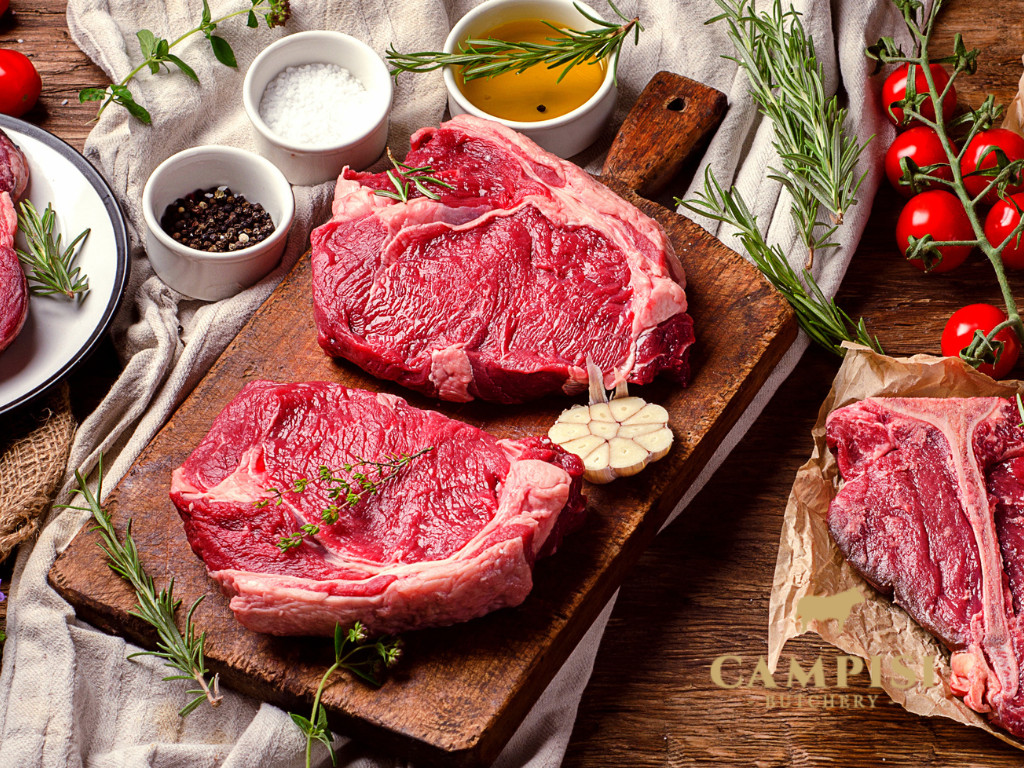
The Importance of Resting Meat After Cooking
Resting your pot roast veal after cooking is a crucial step that should not be overlooked. Allowing the meat to rest for 10-15 minutes before carving ensures that the juices redistribute throughout the meat, resulting in a more tender and juicy roast. Cutting into the meat too soon can cause the juices to run out, leaving the veal dry. Cover the meat loosely with aluminum foil while resting to keep it warm without trapping steam, which can make the crust soggy.
Tips for Carving Pot Roast Veal for Optimal Tenderness
Carving pot roast veal correctly is essential to maintain its tenderness and presentation. Follow these tips:
- Use a Sharp Knife: A sharp carving knife ensures clean cuts without tearing the meat.
- Cut Against the Grain: Slicing against the grain of the meat breaks up the muscle fibers, making each bite more tender.
- Slice Evenly: Aim for even slices to ensure consistent texture and presentation.
Start by removing any kitchen twine or ties used during cooking. Hold the veal steady with a carving fork and slice it into thin, even pieces. Arrange the slices on a serving platter with the vegetables around them, and drizzle some of the cooking juices or gravy over the top for added flavor.

